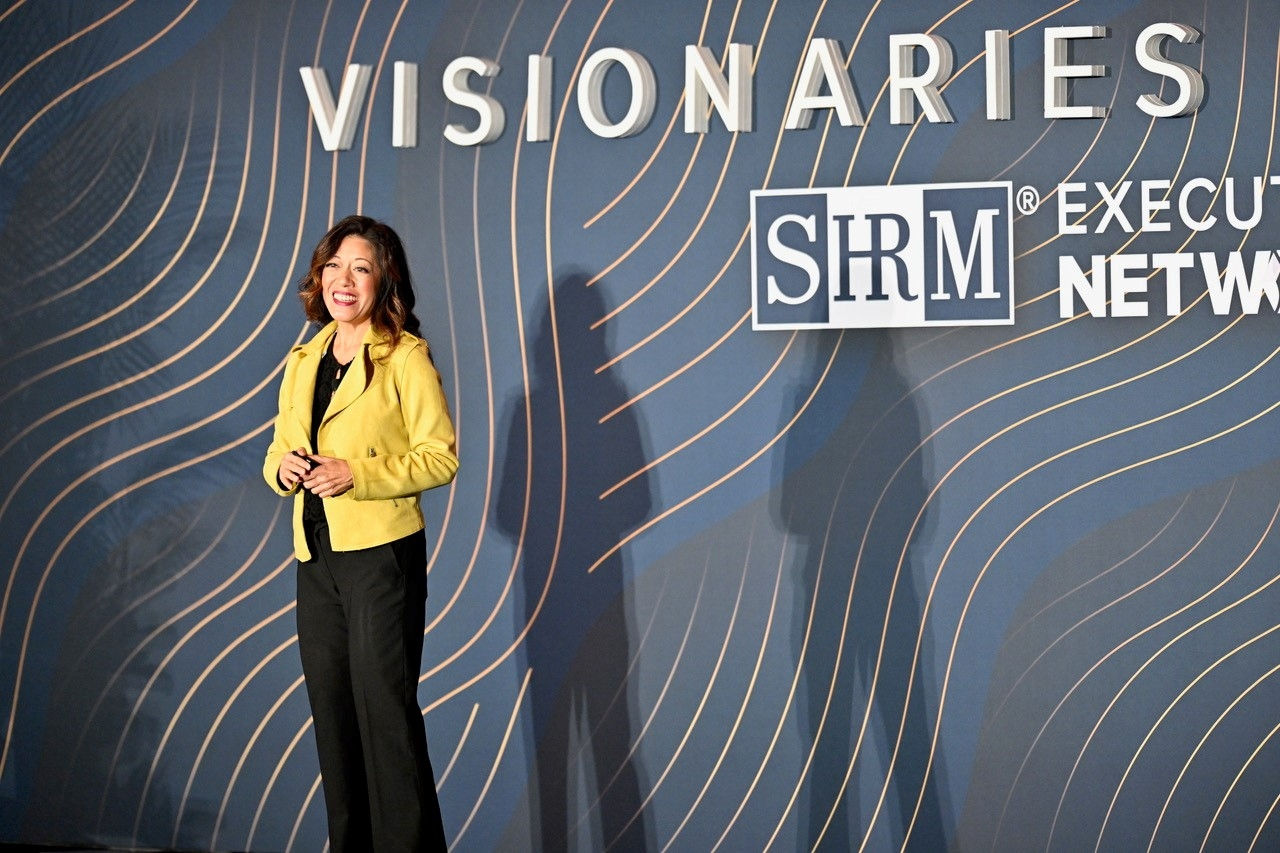HR leaders are tasked with anticipating disruptions while embracing innovation, especially when adopting AI technology. At the SHRM Visionaries Summit 2024, Quantum Networks Group CEO Charlene Li discussed AI’s potential to enhance HR departments, as well as the common pitfalls leaders face during AI adoption.
Based on her session, here are seven pivotal questions HR leaders should consider during this process:
Are You Ready to Challenge Limiting Beliefs?
Navigating disruption requires overcoming limiting beliefs rooted in fear, such as the notion that leadership necessitates total control, Li explained. AI tools cannot enhance business practices if leaders micromanage their use. Instead, leaders should aim to build credibility and establish trust with their workforce, encouraging employees to embrace and maximize new tools. “Relinquishing control is key to being disruptive,” she noted.
Are You Prepared to Get Comfortable with Discomfort?
“Disruption takes us out of our comfort zone,” Li said. Leaders have two choices: Avoid discomfort by clinging to familiar routines or embrace it by seeking challenging situations that build tolerance for ambiguity and foster a resilient organizational culture. Leaders who are adept at handling uncertainty can guide employees to engage with growth opportunities, such as adopting AI tools.
Are the Right Leaders Involved in Your AI Transformation?
Li said a successful AI transformation requires a leadership team that is focused on integrating AI across the business rather than adopting limited use cases. This team should include cross-functional experts who understand AI’s nuances and its impact on various operations. In addition to technology experts, the team should have strategists, product specialists, and employee representatives to ensure cohesion and alignment across departments. Strategic alignment is crucial for a long-term AI transformation approach, allowing for periodic adjustments as new technologies emerge.
Are Your Leaders Comfortable with the Tools?
Business leaders need a basic understanding of AI tools to ensure adoption is maintained, Li suggested. Organizations should first train their top two leadership levels on these tools using secure instances that don’t access proprietary data. This approach builds confidence in the tools’ efficacy and provides leaders with a realistic perspective on AI capabilities.
Do You Have a Healthy Approach to Failure?
Instead of viewing failure as an endpoint, celebrate it as an act of strategic refinement. Li said this mindset fosters a culture of continuous learning and improvement, which is necessary to support a sustainable AI transformation. It’s not enough to create a culture willing to accept occasional failures; organizations need processes for documenting and sharing the lessons that come with experimentation.
Are You Prepared to Capture Success?
Encourage leaders to share their insights from experimenting with AI during the broader rollout. After the initial implementation, set clear AI tool usage expectations and deadlines for employee proficiency. Encourage employees to view AI as a collaborative co-worker, not just a tool, and establish processes to document effective strategies. Li suggested that successful prompts be treated as company intellectual property and collaboratively refined.
Are You in It for the Long Haul?
Approach AI adoption as an 18-month transformation journey, not a short-term initiative constrained by annual planning cycles, advised Li. This extended time frame allows organizations to break free from yearly planning pressures while maintaining defined deliverables to sustain momentum. Over time, the project evolves beyond one person’s vision and becomes a movement within the organization, but this requires holistic buy-in. “It’s a movement only if it continues without you,” Li said.
Learn more about applying for the SHRM AI+HI Enablement Program, which is designed for forward-thinking organizations that are ready to integrate AI with human insight to achieve transformation.
An organization run by AI is not a futuristic concept. Such technology is already a part of many workplaces and will continue to shape the labor market and HR. Here's how employers and employees can successfully manage generative AI and other AI-powered systems.




